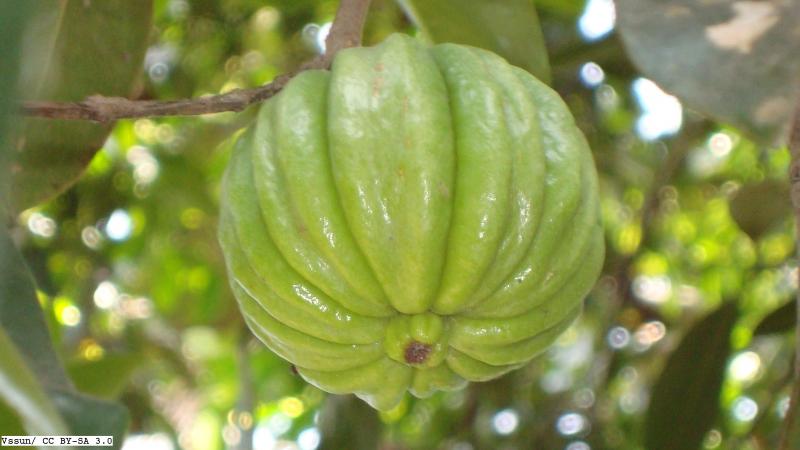
People all around the world try thousands of different herbal medicines every year, creating a rapidly growing, lucrative industry—one that is valued at over 7000 crores worldwide. The pervasiveness of the industry is not unseen—in newspapers, magazines, doctor’s offices—this market has gained considerable momentum over the past few years, and shows no signs of slowing in the future. Accompanying this, however, is the risk of consuming food supplements and medicines that are often unchecked or not authentic. It is especially true in the case of herbal and traditional medicines, which being relatively distant from modern day science, do not undergo stringent checks before entering the market.
“In recent years, there has been burgeoning trade in herbal products both within India as well as globally. However, there are no global protocols or practices to identify and evaluate the plant parts used in herbal products. Adulteration, if not contained could not only have serious consequences on the health and safety of consumers but could adversely impact the medicinal plant trade,” explains Dr Gudasalamani Ravikanth, a researcher from the Ashoka Trust for Research in Ecology and the Environment (ATREE).
In a new study, Dr Ravikanth and his colleagues from the University of Oslo, Norway and ATREE, Bengaluru, have highlighted the looming possibility of adulteration with the focus on Garcinia fruits and their food supplements. Garcinia fruits (Garcinia gummi gutta and Garcinia indica), also called Malabar tamarind or kudam puli, is a tropical plant found in Indonesia, and coastal India, and is a believed to be a medicine for obesity. The fruits are a rich source of hydroxycitric acid, which has been shown to aid weight loss by suppressing appetite and reducing the synthesis of fats from carbohydrates, by blocking a key enzyme required in the process.
“The study is part of our ongoing investigation on the extent of adulteration in medicinal plant trade in India,” says Dr Ravikanth, explaining the motivation behind it. “We had earlier showed that up to 80% of medicinal plants that are traded as powders (bark powder or leaf powders) are adulterated”, he adds. The current study was published in the journal Scientific Reports and was supported by the Department of Biotechnology.
To test for adulteration, the researchers collected raw trade samples from markets in South India, as well as herbal products from pharmacies in India and across the world. They then compared this against a set of taxonomically validated samples known as Biological Reference Material (BRM) samples. The process of authentication involved two techniques; DNA barcoding and NMR spectroscopy (Nuclear Magnetic Resonance Spectroscopy).
The researchers used the DNA barcoding method, to test if the medicinal plants in the trade were adulterated themselves. They compared three regions in the genomic sequences of the acquired samples against the reference samples. The analysis of the data was performed using both BLAST analysis (Basal Local Alignment Search Tool) as well as the ‘tree-based’ phylogeny method. The former makes use of an algorithm to compare particular nucleotide sequences within different DNA samples, while the latter involves grouping together closely related species into a single group.
The NMR spectroscopy was used to test the concentrations of hydroxycitric acid in the marketed samples of Garcinia. The obtained and calculated levels were then measured against those derived from the BRM samples. Testing of the samples using the two methods meant that there was a thorough examination of the adulteration within the trade in its entirety.
The results were a mixed bag. By examining the DNA samples, the researchers were able to delineate the many different species of Garcinia obtained across India. This process also helped create a concrete basis upon which they could define what adulteration could entail, given the rich diversity of herbal plants, and the difficulty in documenting the variability within the species. However, the NMR spectroscopy found that some Garcinia supplements had as little as 4.6%-5.5% of hydroxycitric acid, as compared to the claim of containing 60%! While others had slightly more reasonable amounts, they still did not match the labelled ingredient concentrations.
“Many Indian herbal products contain mixtures of several species, making it difficult, time-consuming and expensive to meet the requirements of identification. With continued development and improvements in technology, especially high-throughput techniques, a large number of samples can be handled. This could not only ensure that the raw herbal products be frequently validated, but also a large number of species could be identified”, says Dr Ravikanth, talking about the implications of studies like this.
So, herein lies the future of such findings. While there are significant problems in the growing herbal trade, new and probable technologies are also put forth. Thus, bridging the gap between advancing scientific technologies and techniques of pharmacovigilance within markets in India could go a long way in ensuring the safety and authenticity of products reaching consumers.






